What Units of Measurement We Often Use and Confuse Even More So
Every day, we use different units of measurement, such as pounds, ounces, or Fahrenheit degrees. And even though we seem to know them quite well, kilograms, liters, volts, and watts can be quite confusing.
With 5-Minute Crafts, you’ll learn all about the different units of measurement we come across more and more often.
Mass
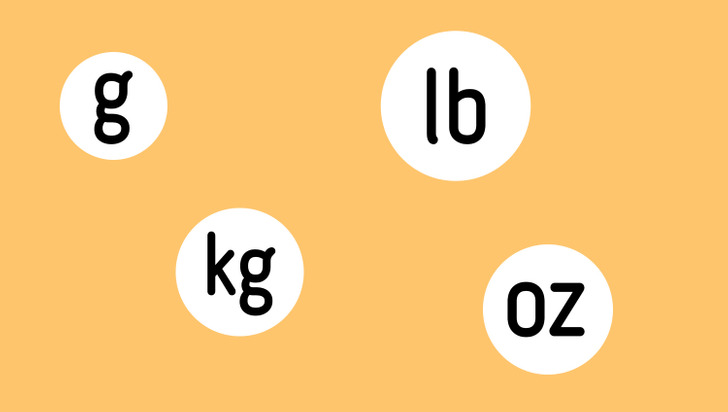
Weight is the measurement of how heavy an object is. Mass is the amount of material it contains.
When we are on the surface of Earth, the difference between these concepts is not so important. But if you measure something on another planet, the mass will be the same as on Earth, but the weight will be different. The fact is that weight depends on gravity, and gravity is different on different planets. For example, in space, a person is weightless, but they still have body mass.
According to the metric system, mass is measured in grams (g) and kilograms (kg).
- 1 kg is equal to 1,000 g.
In some countries, weight is measured in pounds (lb) and ounces (oz). Pounds are used to determine the weight of larger objects, such as a person, animal, or cabinet. And ounces measure small items, such as cosmetic products, food seasonings, and so on.
Volume
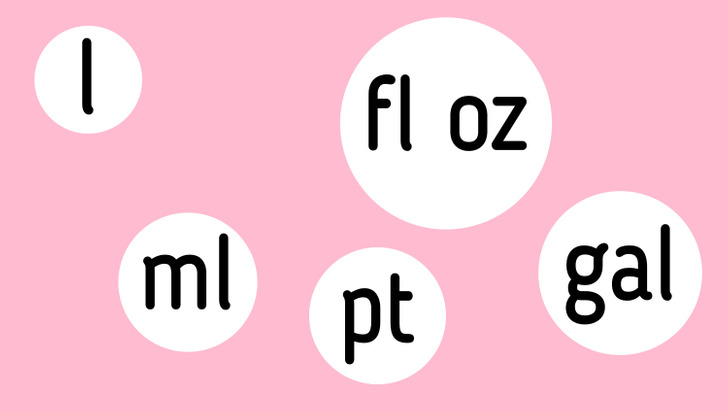
According to the metric system, the volume of a container is measured in liters (l) and milliliters (ml). One drop of rain contains approximately 1 ml of liquid.
- 1 liter equals 1,000 ml.
Some countries use fluid ounces (fl oz) as well as pints (pt) and fluid gallons (gal) to measure volume.
Depending on the region, these units may mean different volumes:
- 1 fluid ounce is equal to 29.57 ml or 28.41 ml.
- 1 pint equals 20 ounces or 16 ounces (or 0.568 liters and 0.472 liters, respectively).
- 1 fluid gallon is equal to 4.546 liters or 3.785 liters.
Length
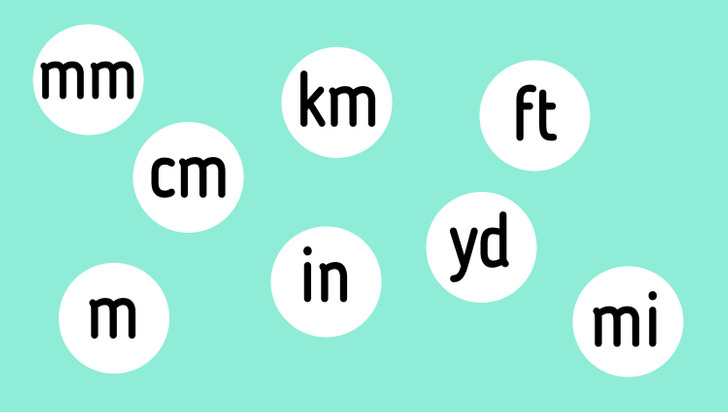
According to the International System of Units (SI), the basic unit of metric length is a meter (m). That means distance in SI is measured in meters. To calculate larger or smaller values, units derived from metric units are used.
- 1 km is 1,000 m.
- 1 m is 100 cm.
- 1 cm is 10 mm.
In some countries, length is measured in inches (in), feet (ft), yards (yd), and miles (mi). A foot is a unit of measurement equal to the length of a human foot. One foot is equal to 30.48 cm. Smaller lengths are measured in inches: 1 inch is equal to 1/12 of a foot, or 2.54 cm. Miles measure longer lengths, and yards measure medium lengths.
- 1 mile is equal to 5,280 feet, 1,760 yards, or 1.609 km.
- 1 yard equals 3 feet, 36 inches, or 0.9144 meters.
- 1 foot equals 12 inches or 0.3048 meters.
- 1 m is approximately 39.37 inches.
Electric current
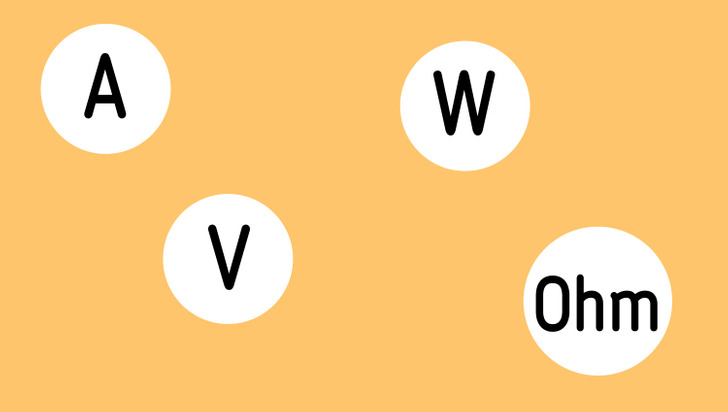
To understand the principles of electric current, we need to get acquainted with some concepts.
The ampere (A) is a unit of measurement for electric currents.
The volt (V) is a unit of measurement for electrical voltage. Voltage is the difference in electrical potential, or the number of electrons, between any 2 points in an electrical circuit.
The watt (W) is a unit of power. In turn, power is the rate at which electrical energy is transmitted in a circuit.
The ohm (Ohm) is a unit of measurement for the electrical resistance of a conductor that tries to slow down the flow of electrons.
Just like water flows through a hose, electricity is a flow of electrons through a conductor. If we analyze these concepts using water as an example, then the volume of moving water is measured in amps, and the water pressure is measured in volts. With different combinations of volts and amps, different types of flows can be achieved. For example, high pressure with low volume would be like an oral irrigator, and high pressure with high volume would be like a fire hose. The resistance, measured in ohms, in this example, is the diameter of the hose. A wide hose has very little resistance and lets water flow through it quickly.
Temperature
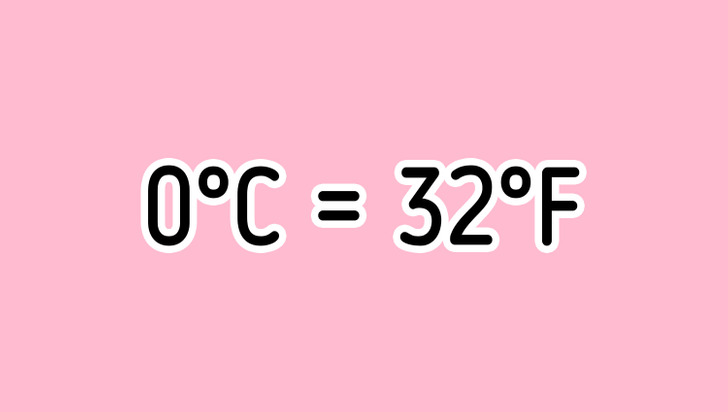
The Celsius © and Fahrenheit (F) scales are used to measure temperature. Celsius is used almost all over the world. Initially, it was called centigrade and was later renamed for the Swedish astronomer, Anders Celsius.
- On the Celsius scale, water freezes at 0° C and boils at 100° C (at sea level).
The Fahrenheit temperature scale is named for German physicist Daniel Gabriel Fahrenheit. It’s not used in all countries.
On the Fahrenheit scale, water freezes at 32° F and boils at 212° F (at sea level).
Energy
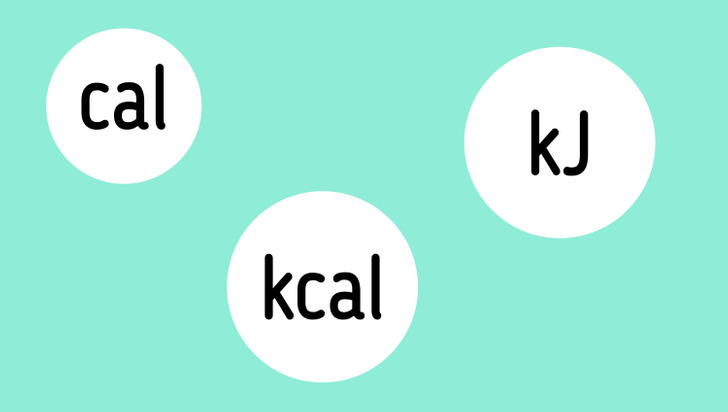
The energy contained in food and drink is measured in calories (cal). The calorie content on various foods can be often given in kilocalories (kcal). In nutrition, 1 cal equals 1 kcal.
Kilojoules (kJ) is the metric measurement of calories. To find the energy value in kilojoules, you need to multiply the number of calories by 4.2.
- 1 kcal is equal to 4.2 kJ.
The units of measurement we often confuse
- Many people confuse the units of measurement of electric currents. Some people think that electric currents are measured in volts, but this is not so. Voltage is measured in volts, power is measured in watts, and electric currents are measured in amps.
- The temperature scales can also be confusing. The residents of countries where the temperature is measured in Fahrenheit can’t immediately understand the Celsius scale and vice versa.
- The energy value of food is given in calories and kilojoules, and this can also be misleading. 1 kcal is equal to 4.2 kJ, therefore, without understanding the units of measurement, you may eat much more than you need.